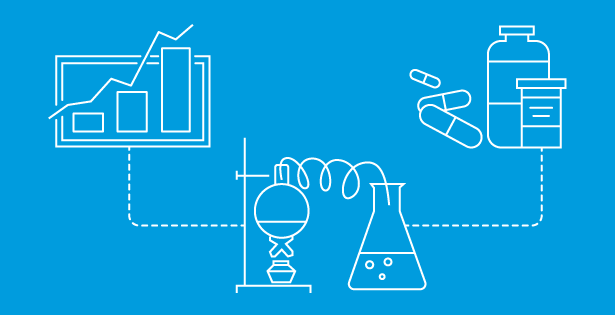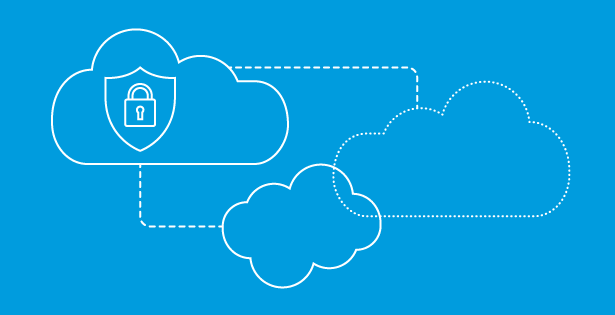Quartzy simplifies lab management by streamlining procurement and inventory tasks. Quartzy now provides Netsuite integration, enhancing the efficiency of the purchasing process. When integrated with NetSuite ERP, it bridges the gap between lab operations and accounting functions. This integration enhances financial reporting, streamlines procurement processes, and improves inventory management accuracy for life science companies. Much like Netsuite, Quartzy also offers a sandbox environment for conducting essential testing, ensuring a smooth transition and optimal performance.
The first step of the integration process is to connect with your Quartzy representative. Discuss the integration process with them and prepare to provide the representative with the following information:
- List of PO-level and Item-level field names and values.
- NetSuite entity or record’s name
- NetSuite Internal ID
- NetSuite Custom Field ID (if applicable)
- Share your NetSuite credentials.
- You will need to conduct the steps for both Sandbox and Production environment.
Lists of PO-Level and Item-Level Fields
Example 1: Vendor Record

Example 2: Item Record

Tip: If you can’t find the internal ID in NetSuite, navigate to the Home Dashboard > Set Preferences > General Subtab > Defaults > Click on Show Internal IDs.
* Note: The master data record should already be created or imported into NetSuite before providing the information. Examples of master data include:
- Vendors
- Items
- Departments
- Projects
NetSuite Purchase Order Custom Fields
If your purchase order has custom fields, it is crucial to identify and review the custom fields that require integration into Quartzy, ensuring clarity on whether these fields are mandatory or optional. Additionally, it is vital to specify the field’s type and whether it is on the Header-level or Item-level.

* Note: custom fields must be created in NetSuite before providing the relevant information to Quartzy.
Obtain and Share Your NetSuite Credentials- Connect NetSuite to Quartzy
Pre-requisite
- Enable token-based authentication for your NetSuite account by navigating to Setup > Company > Enable Features > Manage Authentication, and then checking the Token Based Authentication
- The user configuring this setup must have a NetSuite administrator role.
- Repeat this process for both the sandbox and production environments.
After completing the prerequisite, follow the instructions provided below.
*Tip: Keep a blank document open to avoid losing any retrieved data, as some information may only appear once.
Find your NetSuite Account ID:
- Navigate to Setup > Integration > Web Services Preferences.

- Locate your “Account ID” at the top of the page. Copy and paste the Account ID into a blank document for reference as we proceed with similar tasks.

Create a Role for Quartzy
- Go to Setup > Users/Roles > Manage Roles > New.

- Enter a name in the “Name” field (Consider using “Quartzy Integration” as a suitable naming convention).
- Proceed to the “Transaction” subtab and configure the permissions as follows:
- Purchase Order = Full

- Purchase Order = Full
- Go to the “Lists” permissions and grant access to the following:
- Documents and Files = Full
- Item = View
- Vendors = View

- In the “Setup” subtab, grant permission to the following:
- Custom field = View
- Custom Item Fields = View
- Custom Transaction Fields = View
- Log in using Access Token = Full
- SOAP Web Services = Full

- Click “Save” to create the role record.
Retrieving the Consumer Key and Consumer Secret Values
- Navigate to Setup> Integration > Manage Integration > New

- Enter a name in the “Name” field (Consider using “Quartzy Integration” as a suitable naming convention).
- Select the following checkboxes:
- Check “Token-Based Authentication and User Credentials.”
- Ensure that no other checkboxes are checked. Deselect other boxes if necessary.
- Click “Save” to create the integration record.
- Critical step – ensure that you capture the “Consumer Key and Consumer Secret values” after saving the record.
- Important: For data security reasons, these fields will only be displayed once and will not be accessible after you leave the page. Please ensure to copy and paste the values onto a blank document as needed.
- If you did not retain the information, you will need to reset the credentials by clicking on ‘Edit’ to obtain new values.
- Critical step – ensure that you capture the “Consumer Key and Consumer Secret values” after saving the record.

Create the Tokens
- Navigate to the main Dashboard > Scroll down to ‘Settings’ in the lower left corner > Click on ‘Manage Access Tokens’.

- Click ‘New My Access Tokens’.

- Enter a name in the “Name” field (Consider using “Quartzy Integration” as a suitable naming convention).
- Click ‘Save’ to create the tokens.
- Critical step: After saving the record, capture the Token ID and Token Secret values. Copy and paste these values onto your blank document as needed.
- Important note: The Token ID and Token Secret Values are displayed only ONCE and will not be accessible after you leave the page
Share the Credentials with Quartzy
- In your web browser, open onetimesecret.com.
- Paste the information and credentials you just retrieved from NetSuite into the provided text box:
- Account ID
- Consumer Key
- Consumer Secret
- Token ID
- Token Secret
- Click ‘Create Secret Link’.

- After generating the link, copy the highlighted URL located under the ‘Share this Link’ header, and provide it to your Quartzy implementation partner. The link will expire once Quartzy has viewed it. You may also add an extra password restriction if necessary.
- The integration process is now finished, pending confirmation from your Quartzy implementation partner after they enable the connection.


 RSMUS.com
RSMUS.com











